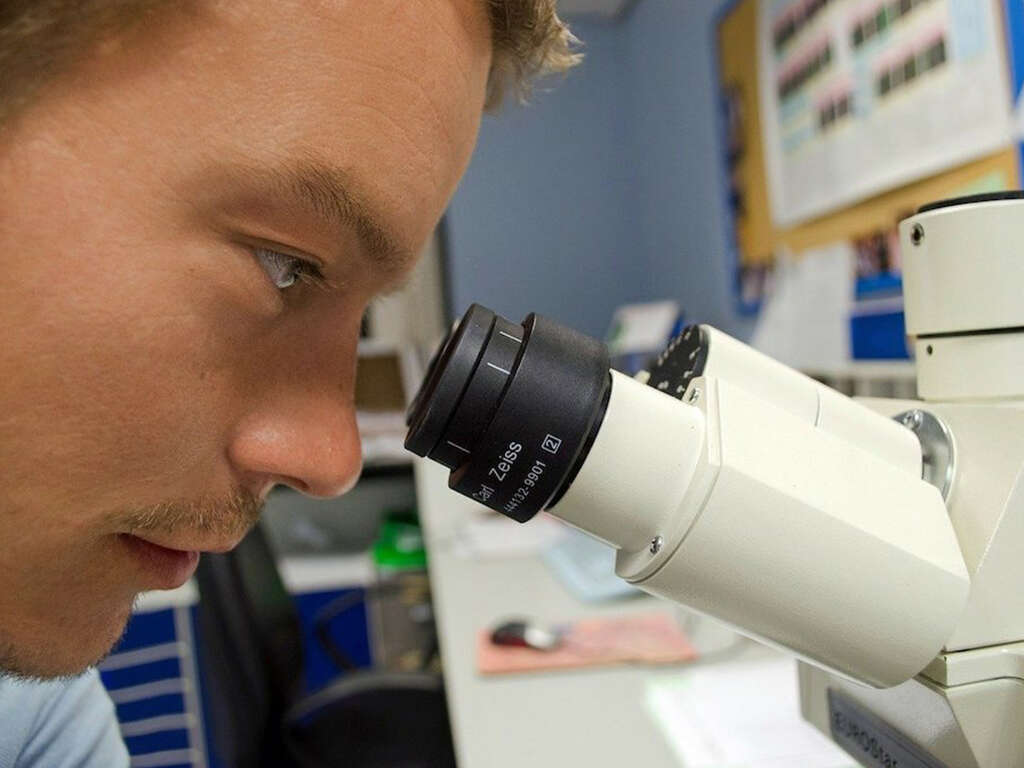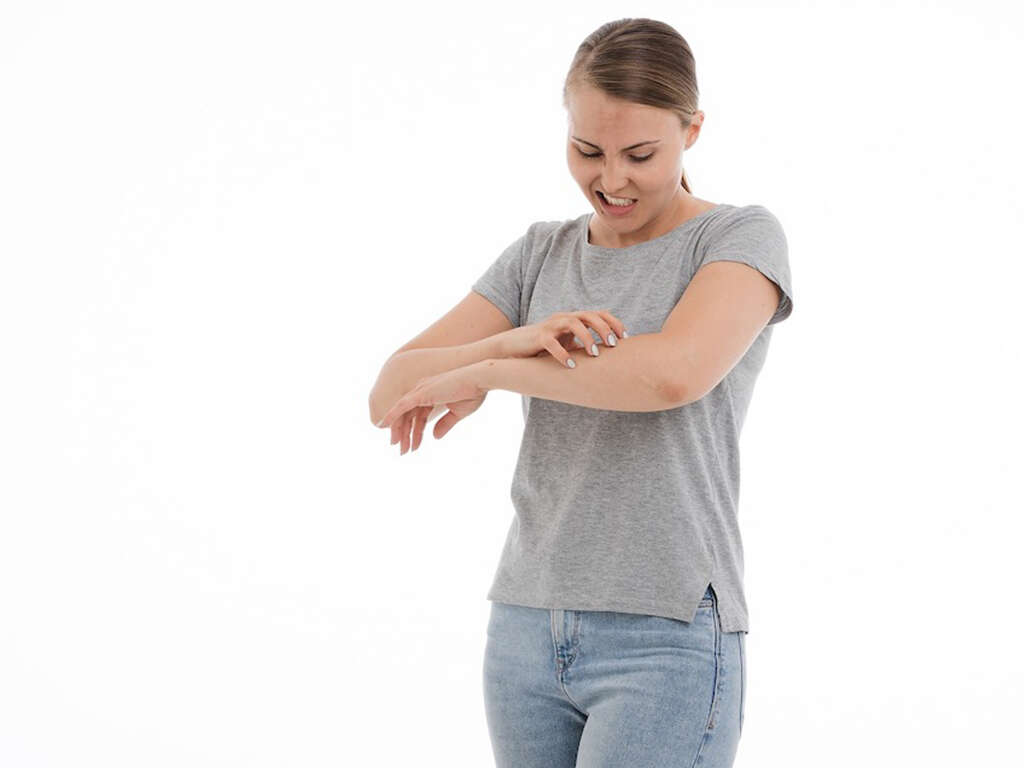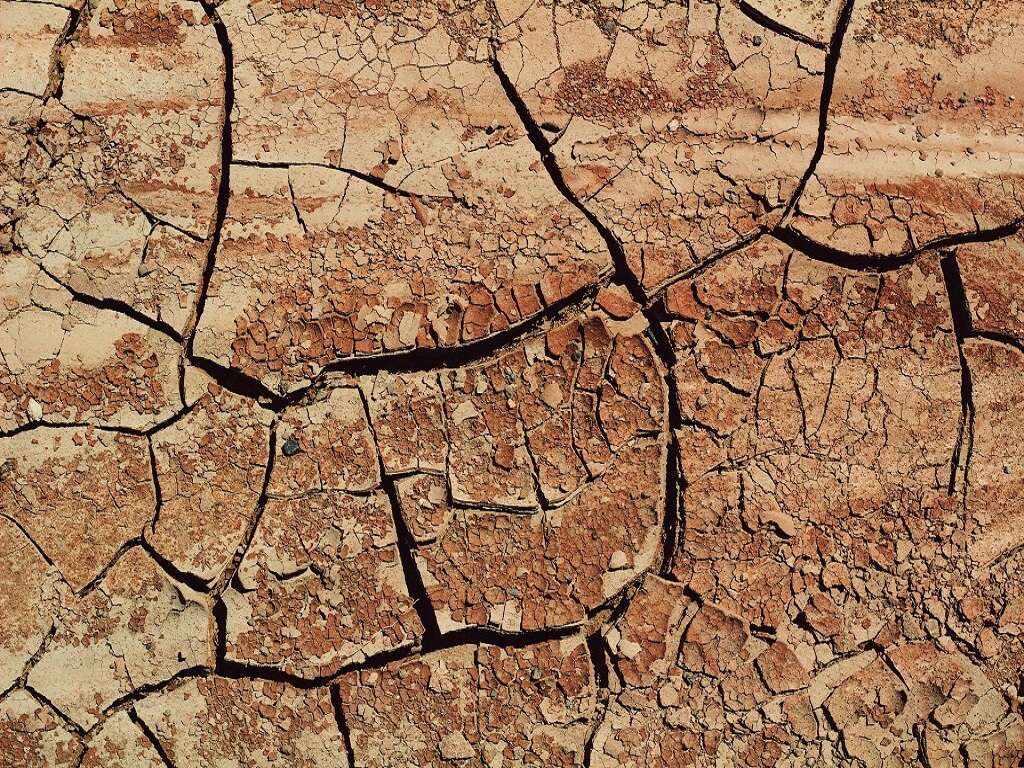10 FAQs About the Hypodermis
 Article Sources
Article Sources
- 1. Yousef, Hani. 'Anatomy, Skin (Integument), Epidermis.' U.S. National Library of Medicine, 27 July 2020, www.ncbi.nlm.nih.gov/books/NBK470464
- 2. Saldana, José Ignacio. 'Macrophages.' British Society for Immunology, www.immunology.org/public-information/bitesized-immunology/cells/macrophages
- 3. Biga, Lindsay M., et al. '5.3 Functions of the Integumentary System.' Anatomy Physiology, OpenStax/Oregon State University, open.oregonstate.education/aandp/chapter/5-3-functions-of-the-integumentary-system
- 4. 'Administering Drugs via a Subcutaneous Injection.' Nursing Times, 7 Apr. 2021, www.nursingtimes.net/clinical-archive/assessment-skills/injection-technique-2-administering-drugs-via-the-subcutaneous-route-28-08-2018
Provides Shock Absorption
The fat stores in the hypodermis function to provide the body's outer layer with protection and shock absorption against trauma. For example, the hypodermis in the buttocks can provide comfort against the hardness of a chair.
This fat can also protect the palms of the hands from bruising when shovels or other hand-held tools are in use. Additionally, this fat protects internal body parts, such as tissues, organs, bones and muscles, by acting as a cushion against impacts or falls.
Advertisement











